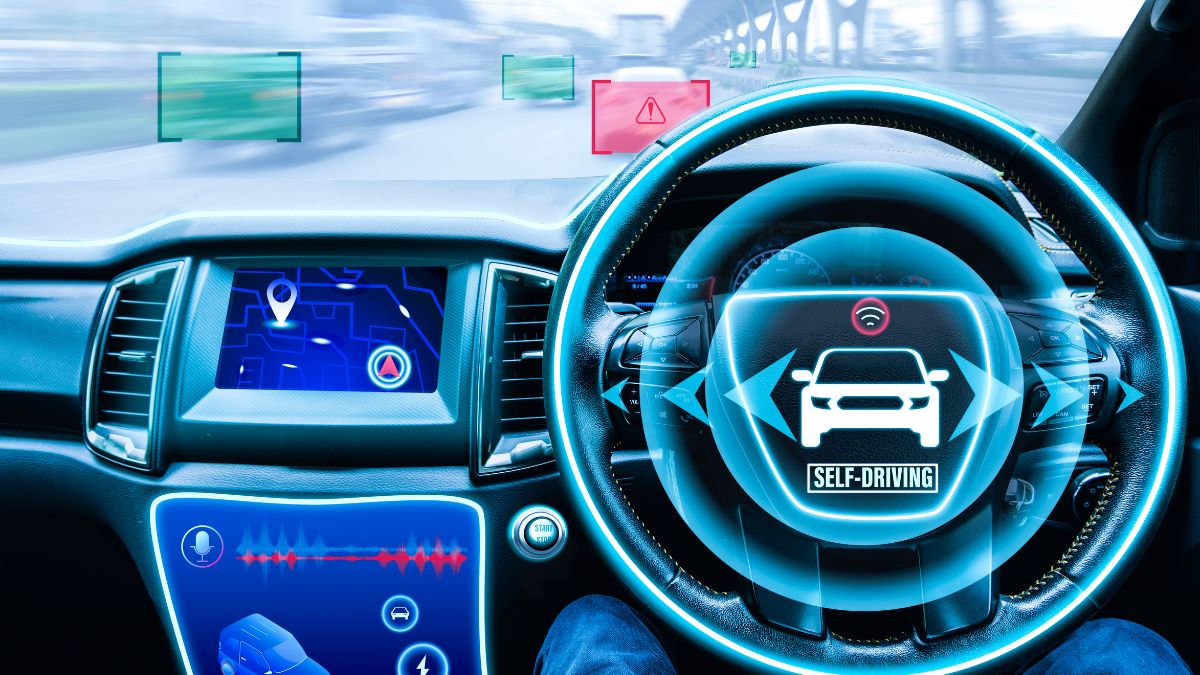Introduction:
Automotive software development has come a long way since the first automobile hit the roads. The automotive industry has witnessed significant technological advancements, and software is crucial in making vehicles smarter, safer, and faster. This article explores the remarkable progress of automotive software development, from early automotive systems to the integration of artificial intelligence (AI) and autonomous driving.
1. The Evolution of Automotive Software Development:
- Early Automotive Systems:
In the early days of the automobile, software played a minimal role, with vehicles primarily relying on mechanical components. However, as technology progressed, manufacturers began incorporating simple electronic systems, such as engine control units (ECUs) and antilock brake systems (ABS), laying the foundation for future software-driven innovations.
- Integration of Electronics:
With microprocessors’ rapid development, automotive software became more sophisticated. Electronic systems expanded to include entertainment, navigation, and climate control. The integration of software and electronics improved the overall driving experience.
- Advancements in Connectivity:
The advent of the internet and wireless communication revolutionized automotive software development. Vehicles became connected, enabling features like GPS navigation, real-time traffic updates, and smartphone integration. This connectivity opened new possibilities for enhancing user experience and safety. You May Also Like:KaranPC Software
2. The Importance of Safety and Security:
- Challenges in Automotive Software Security:
As vehicles became more connected and autonomous, the risk of cybersecurity threats increased. Hackers could potentially gain unauthorized access to critical vehicle systems, leading to safety hazards. Ensuring robust security measures has become a top priority for software developers.
- Implementing Safety Measures:
Automobile software now includes features like secure communication protocols, encryption, and intrusion detection systems to address safety concerns. Additionally, manufacturers regularly release software updates to patch vulnerabilities and improve system resilience.
3. Enhancing User Experience:
- User Interface Design:
Modern automotive software emphasizes intuitive user interfaces that are easy to navigate. Touchscreen displays, voice recognition, and gesture controls have transformed how drivers interact with their vehicles. A well-designed user interface enhances convenience and minimizes distractions.
- Personalization and AI Integration:
AI-powered systems gather data from drivers’ preferences and behaviors, enabling personalized experiences. From adjusting seat positions to suggesting preferred routes, AI integration enhances comfort and convenience. Moreover, AI assists in predictive maintenance, optimizing vehicle performance. KaranPC
4. The Role of OTA Updates:
Over-the-air (OTA) updates have revolutionized automotive software maintenance. Gone are the days when vehicle owners had to visit service centers for software upgrades. OTA updates allow manufacturers to remotely deliver new features, bug fixes, and performance improvements.KaranPC Official
5. Autonomous Driving and AI Integration:
- Sensors and Data Processing:
Autonomous driving heavily relies on advanced sensors, including cameras, LiDAR, and radar, which generate massive amounts of data. AI algorithms process this data to make real-time driving decisions. The progress in AI has significantly accelerated the development of autonomous vehicles.
- Ethics and Legal Concerns:
While autonomous driving promises increased road safety, it raises ethical and legal questions. Deciding how AI should prioritize potential risks in critical situations is a complex challenge. Policymakers and developers must work together to establish robust regulations for autonomous vehicles.
6. The Future of Automotive Software Development:
The future of automotive software development holds tremendous potential. As AI advances, it will enable more sophisticated autonomous driving capabilities. Integrating Vehicle-to-Everything (V2X) communication will lead to smarter traffic management and enhanced safety. Moreover, software updates will keep vehicles updated with the latest technologies.
Conclusion:
The journey of automotive software development has been truly remarkable. From humble beginnings with basic electronic systems to the integration of AI and autonomous driving, the automotive software development services has driven the automotive industry forward. Smarter, safer, and faster vehicles are becoming a reality, shaping a future where technology and mobility intertwine seamlessly.






